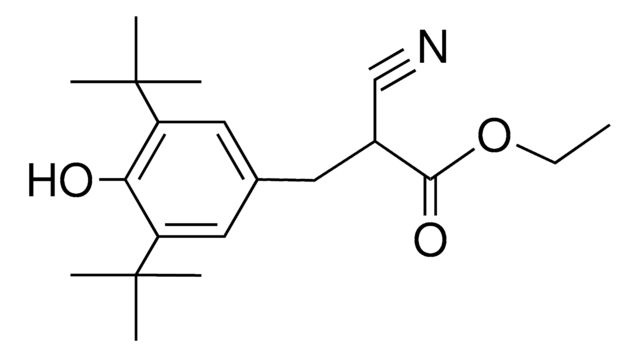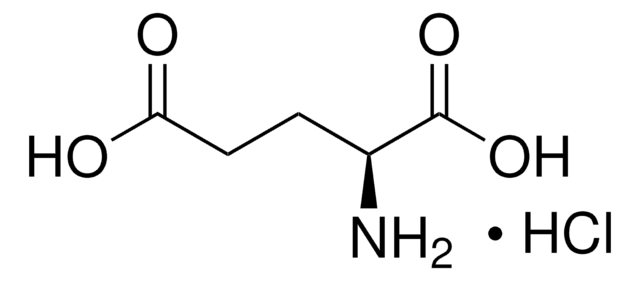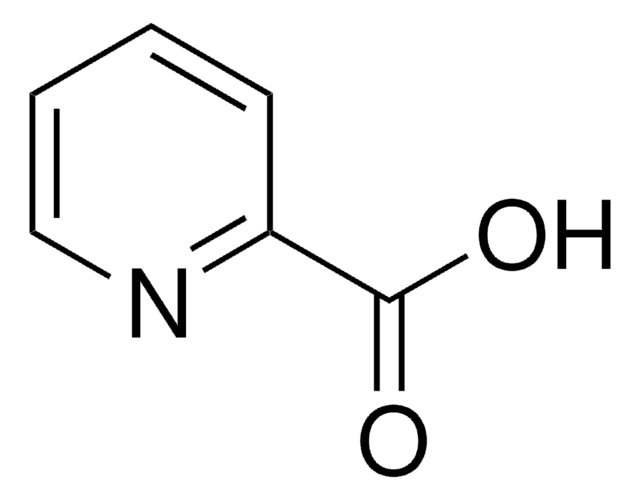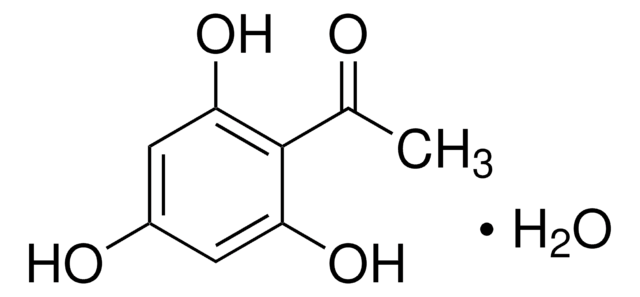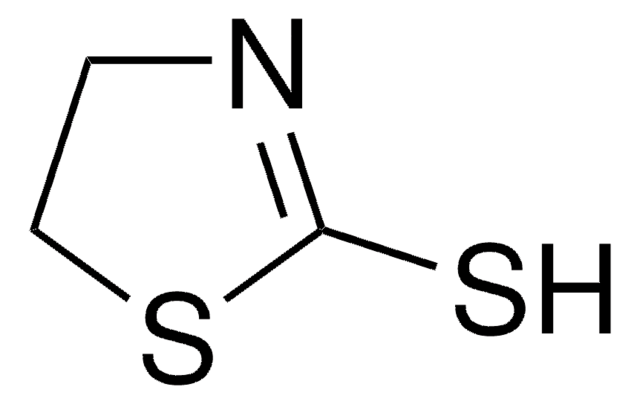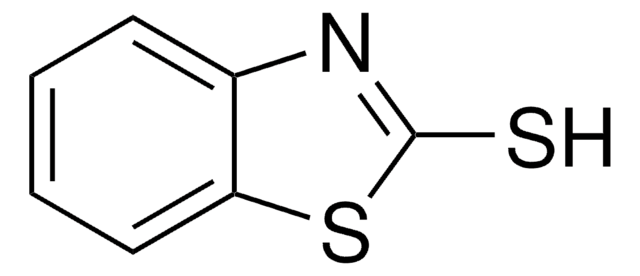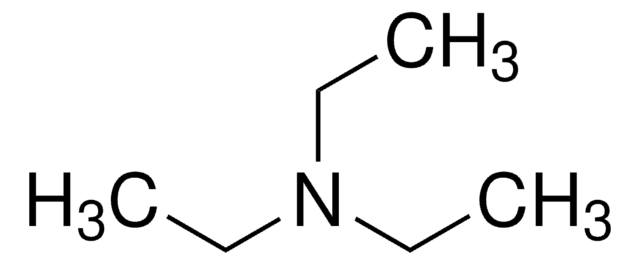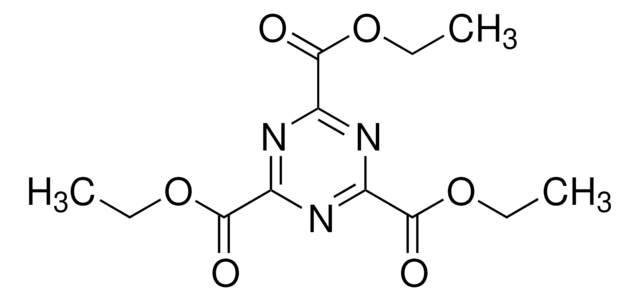275514
6-Aza-2-thiothymine
99%
Synonym(s):
2-Thio-6-azathymine, 3,4-Dihydro-6-methyl-3-thioxo-1,2,4-triazin-5(2H)-one
Sign Into View Organizational & Contract Pricing
All Photos(1)
About This Item
Empirical Formula (Hill Notation):
C4H5N3OS
CAS Number:
Molecular Weight:
143.17
Beilstein:
4861
EC Number:
MDL number:
UNSPSC Code:
12352100
PubChem Substance ID:
Recommended Products
Assay
99%
mp
218-221 °C (lit.)
solubility
formic acid: soluble 5%, clear, colorless to light yellow-green
SMILES string
CC1=NNC(=S)NC1=O
InChI
1S/C4H5N3OS/c1-2-3(8)5-4(9)7-6-2/h1H3,(H2,5,7,8,9)
InChI key
NKOPQOSBROLOFP-UHFFFAOYSA-N
Looking for similar products? Visit Product Comparison Guide
Application
6-Aza-2-thiothymine was used in the preparation of a matrix that was utilized for ionizing small molecules.
Storage Class Code
13 - Non Combustible Solids
WGK
WGK 3
Flash Point(F)
Not applicable
Flash Point(C)
Not applicable
Personal Protective Equipment
dust mask type N95 (US), Eyeshields, Gloves
Regulatory Information
新产品
Choose from one of the most recent versions:
Already Own This Product?
Find documentation for the products that you have recently purchased in the Document Library.
Hao-Hua Deng et al.
Nanomaterials (Basel, Switzerland), 10(2) (2020-02-13)
This study puts forward an efficient method for protein detection in virtue of the tremendous fluorescence enhancement property of 6-aza-2-thio-thymine protected gold nanoclusters (ATT-AuNCs). In-depth studies of the protein-induced photoluminescence enhancement mechanism illustrate the mechanism of the interaction between ATT-AuNCs
Thomas Clairfeuille et al.
Nature, 584(7821), 479-483 (2020-08-14)
Lipopolysaccharide (LPS) resides in the outer membrane of Gram-negative bacteria where it is responsible for barrier function1,2. LPS can cause death as a result of septic shock, and its lipid A core is the target of polymyxin antibiotics3,4. Despite the
Shi Yan et al.
Analytical chemistry, 90(1), 928-935 (2017-11-29)
Despite years of research, the glycome of the model nematode Caenorhabditis elegans is still not fully understood. Certainly, data over the years have indicated that this organism synthesizes unusual N-glycans with a range of galactose and fucose modifications on the
Selina Rahman Shanta et al.
The Analyst, 137(24), 5757-5762 (2012-10-23)
Since the development of matrix-assisted laser desorption/ionization (MALDI) mass spectrometry, this procedure has been specifically used for analyzing proteins or high molecular weight compounds because of the interference of matrix signals in the regions of the low mass range. Recently
Rui-Rui Guo et al.
Frontiers in bioengineering and biotechnology, 8, 741-741 (2020-07-29)
Peptide-N4-(N-acetyl-β-glucosaminyl) asparagine amidases (PNGases, N-glycanases, EC 3.5.1.52) are indispensable tools in releasing N-glycans from glycoproteins. So far, only a limited number of PNGase candidates are available for the structural analysis of glycoproteins and their glycan moieties. Herein, a panel of
Our team of scientists has experience in all areas of research including Life Science, Material Science, Chemical Synthesis, Chromatography, Analytical and many others.
Contact Technical Service